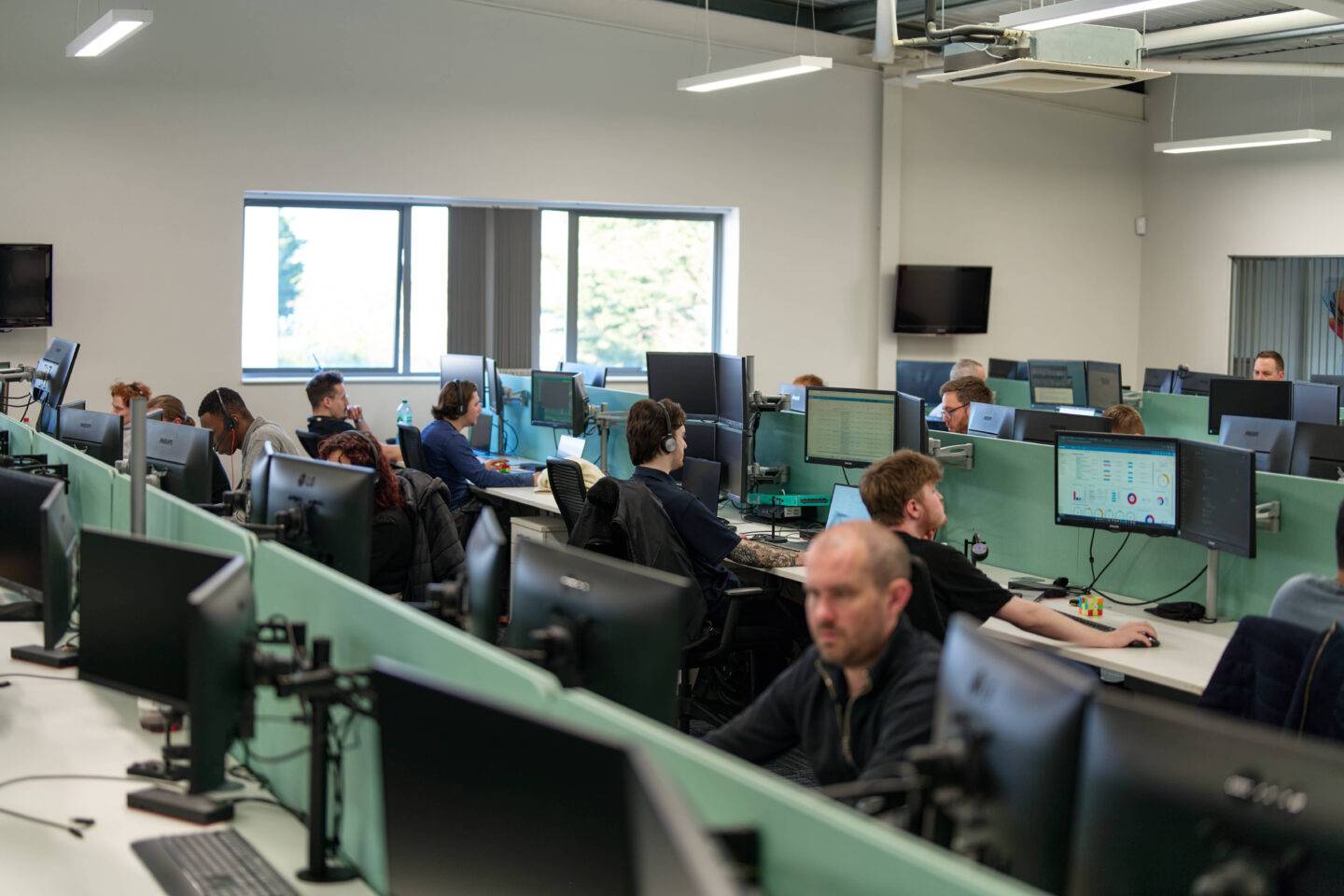Maximising efficiencies with a hybrid approach to IT support

Gone are the days when it was all or nothing: you either had to hire a full IT team or outsource every element. Now, internal and external teams work in harmony – both can exist and even prosper by delivering against organisational objectives.
The hybrid IT support model typically combines internal IT strategists and external IT practitioners. The former delivering on big-ticket items, sometimes supported by external parties, while the latter handles the day-to-day, more time-consuming, and less strategic work.
By working together, businesses can leverage top IT skills, strategically plan for future growth, and create a robust and future-proofed IT environment that can reach and adapt to evolving needs.
The hybrid approach: best of breed?
Many businesses are choosing a hybrid approach because it allows them to bring internal teams and an outsourced managed IT support provider together to deliver exceptional IT support.
Here’s what you can take advantage of.
Diverse skills
One primary benefit of hybrid IT support is the ability to access a wide range of technical skills. Internal IT teams often possess deep knowledge of the company’s people, systems and processes, while external experts bring specialised skills and up-todate industry insights. This ensures comprehensive IT coverage, addressing routine maintenance, maintaining face to face relationships, as well as dealing with complex technical challenges.
Flexibility
A hybrid model guarantees flexibility. External IT partners can be engaged on an as-needed basis, allowing businesses to scale their support resources in response to fluctuating demands or budgets, which can be particularly valuable during peak periods or when tackling projects that require specific expertise.
Robust security – the most expensive resource
Internal teams are only as good as the pace they keep up with technological advancements, which can be time-consuming. External teams can add value by staying up to date with the latest security solutions and providing insights into new and emerging cyber threats. Models now exist where SME businesses can adopt proactive management by the very best leading industry experts with fractional costs of 24/7/365 staffing whom are already trained and tooled to the highest standards.
An always-on approach to support
Working together makes around-the-clock support more possible, with internal teams handling traditional hours and external support covering out of-hours. This blended approach helps ensure that day-to-day operations run without disruption. Cyber security is not Monday to Friday, it is often Saturday at 3am. Businesses often need this level of cover.
Strategic success becomes a reality
Bringing all the best minds together makes creating an ambitious strategy much easier. You get the right brains around the table, which results in a better strategy that can be delivered across both teams. Moreover, an external party can more easily objectively identify opportunities for improvement and innovation (without feeling exposure), with internal teams implementing these strategies in alignment with the company’s goals and objectives
The role of the concierge
Despite many organisations encouraging people to return to the office five days a week, remote work looks set to stay for the long term.
Whilst that provides flexibility for businesses and workers – from reduced rents and rates – to fitting work in around individual lifestyles, it provides a headache for businesses without flexible IT support. When people work at home, often with diverse working patterns, how do you provide an effective and efficient IT support service?
The secret lies in the art of the concierge: consistent, scheduled office days when IT support is onsite and can resolve any of your non-emergency issues. Can’t connect to the office printer? Do you sometimes struggle to get applications to open first time? Your dedicated IT support concierge can help.
How should the concierge work?
Sometimes referred to as fractional on-site IT support, the concierge requires a commitment to being onsite for a specific period – for example, Monday and Thursday mornings. The concierge member simply walks the floor, assisting team members with whatever IT-related queries they have.
This hands-on approach builds rapport and trust between IT support as a function and the wider business. It also helps ensure that ad-hoc IT problems are addressed promptly and effectively, reducing the likelihood of business downtime.
Interested in understanding how the IT concierge could benefit your workforce? Get in touch to chat with our managed IT support experts.
